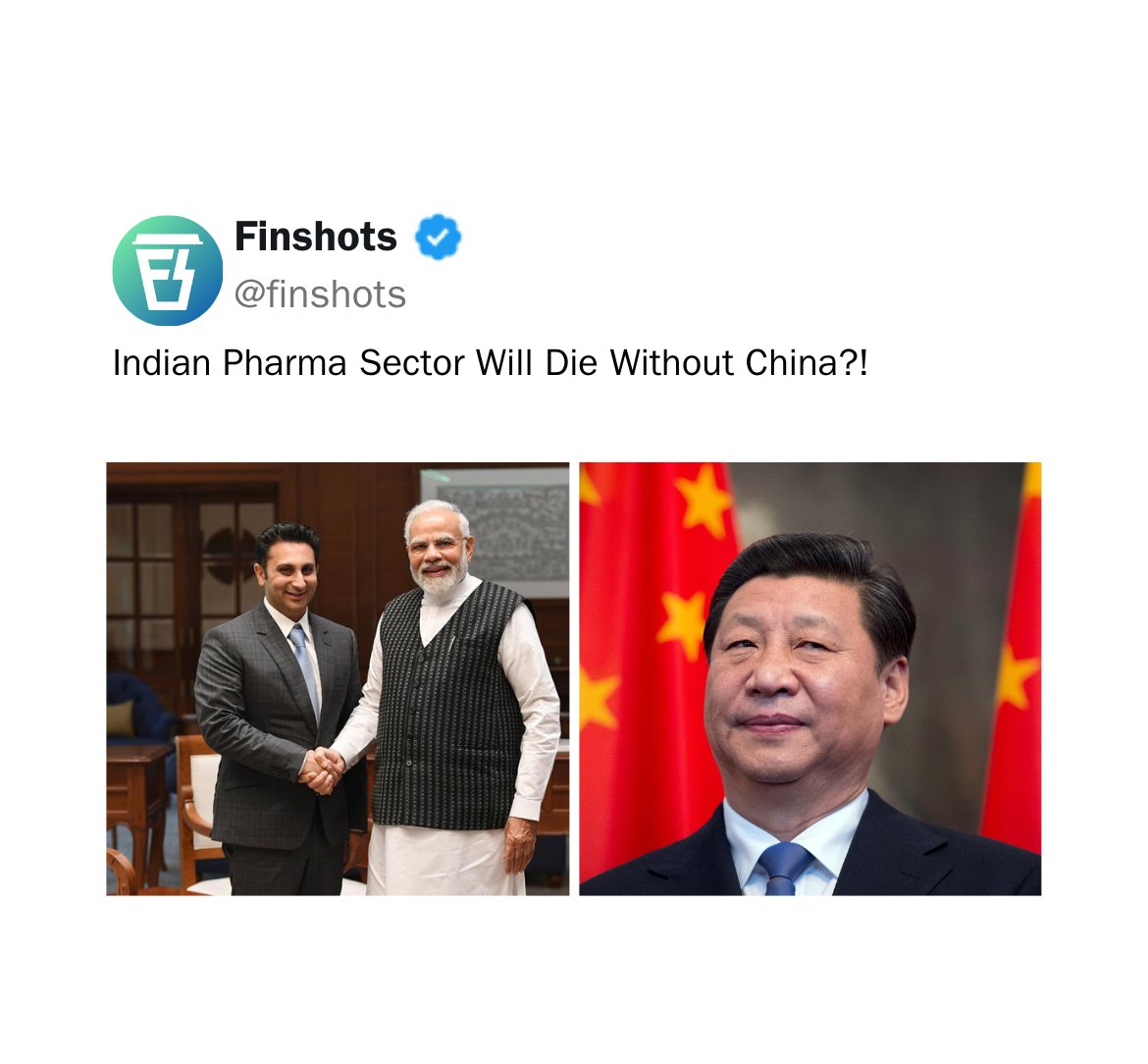Unacademy is now valued at $1.45 billion after it raised $150M from Softbank and other investors. So we thought we would look at the spectacular rise of Unacademy and its journey towards becoming India's second Ed-tech unicorn 

Dec 2010- Gaurav Munjal, a computer science student, launches a YouTube channel named Unacademy.
2014- Roman Saini, Hemesh Singh, and Sachin Gupta join the channel as fellow educators.
2014- Roman Saini, Hemesh Singh, and Sachin Gupta join the channel as fellow educators.
Jan 2016- Unacademy is officially launched with Gaurav Munjal, Roman Saini, Hemesh Singh, and Sachin Gupta as co-founders.
May-Aug 2016- Unacademy raises $1.5M in two rounds of seed funding.
May-Aug 2016- Unacademy raises $1.5M in two rounds of seed funding.
Jan 2017- The platform reaches 500K registered users.
Nexus VP and Blume Ventures invest $4.5M through series A funding.
Unacademy’s Learning App becomes the largest free learning platform in India
Nexus VP and Blume Ventures invest $4.5M through series A funding.
Unacademy’s Learning App becomes the largest free learning platform in India
Oct 2018- Unacademy acquires Wifi Study- a youtube channel for preparations of Govt. exams like banking, SSC, railways, etc.
June 2019- Unacademy raises another $50M in Series D funding.
June 2019- Unacademy raises another $50M in Series D funding.
Feb 2020- Valuation crosses $500M. They raise $110M in Series E led by Facebook.
Mar 2020- They acquire Kreatyx, an online coaching platform for GATE and ESE
Also, announce 20,000 free live classes during COVID lockdown.
Mar 2020- They acquire Kreatyx, an online coaching platform for GATE and ESE
Also, announce 20,000 free live classes during COVID lockdown.
Jun 2020- More acquisitions-- CodeChef, a competitive programming website, gets acquired for an undisclosed amount.
July 2020- They also pay $50M to acquire Prepladder, an online medical coaching platform whilst also acquiring a majority stake in Mastree for $5M
July 2020- They also pay $50M to acquire Prepladder, an online medical coaching platform whilst also acquiring a majority stake in Mastree for $5M
Aug 2020- Unacademy becomes one of the Official Partners for IPL
Becomes a Unicorn with a valuation of $1.45 billion
Becomes a Unicorn with a valuation of $1.45 billion
• • •
Missing some Tweet in this thread? You can try to
force a refresh










